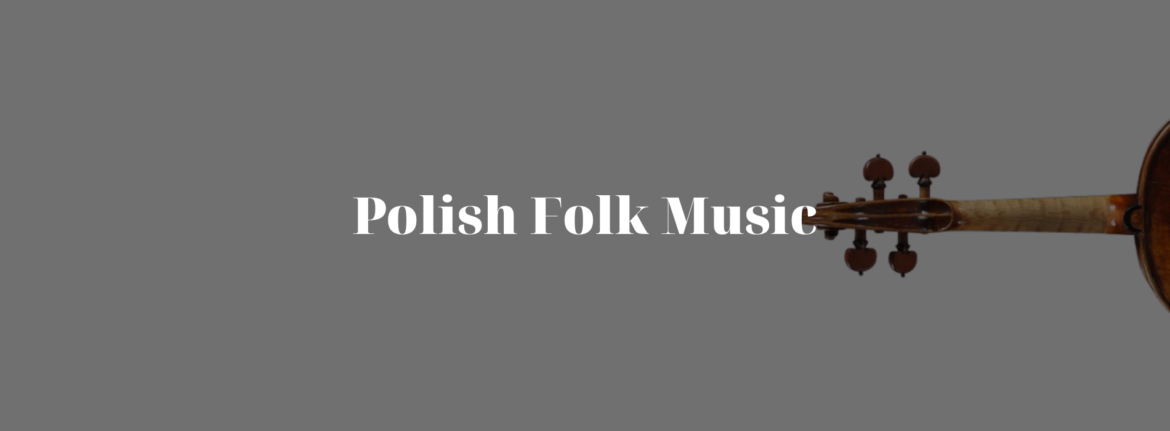Polish music covers diverse aspects of music and musical traditions which have originated, and are practiced in Poland. Artists from Poland include world-famous classical composers like Frédéric Chopin, Karol Szymanowski, Witold Lutosławski, Henryk Górecki and Krzysztof Penderecki; renowned pianists like Karl Tausig, Ignacy Jan Paderewski, Arthur Rubinstein and Krystian Zimerman; as well as popular music artists, and traditional, regionalised folk music ensembles that create a rich and lively music scene at the grassroots level.
The musicians of Poland, over the course of history, have developed and popularized a variety of music genres and folk dances such as mazurka, polonaise, krakowiak, kujawiak, polska partner dance, oberek; as well as the sung poetry genre (poezja śpiewana) and others. Mazurka (Mazur), Krakowiak, Kujawiak, Oberek and Polonaise (Polonez) are registered as Polish National Dances, originating in early Middle Ages. The oldest of them is Polonaise that comes from the Medieval pageant dances and it was originally called „chodzony”, a „walking dance”.
Polish music exhibits influences from a broad variety of world music styles which are represented by critically acclaimed bands, such as Perfect (Zbigniew Hołdys), Status Qwo, Maanam (Kora), T.Love, Golec uOrkiestra, Budka Suflera, Czerwone Gitary, Dżem, Big Cyc, as well as many other renowned artists, e.g. Czesław Niemen, Magdalena Ostrowska, Jacek Kaczmarski, Wojciech Młynarski, Czesław Mozil, Jakob Węgiel, Marek Grechuta, and contemporary singer-songwriters and pop icons including Margaret, Maria Peszek, Myslovitz, Edyta Bartosiewicz, and Doda; jazz musicians Tomasz Stańko, Krzysztof Komeda, Włodek Pawlik, Adam Makowicz, Leszek Możdżer, and Michał Urbaniak; death and black metal music bands Behemoth, Vader, and Decapitated; and film and contemporary classical music composers Wojciech Kilar, Jan A.P. Kaczmarek, Zbigniew Preisner, Abel Korzeniowski, Krzesimir Dębski, and Krzysztof Meyer, among many others.
Polish folk music was collected in the 19th century by Oskar Kolberg, as part of a wave of Polish national revival. After World War II, in the Polish People’s Republic, folk traditions were commonly cultivated, but public performances and broadcasts had also highly organized and officially promoted forms. State-supported, large-scale folk ensembles became prominent. The most famous of these were Mazowsze and Śląsk, both of which still perform. Though such bands presented interpretations of regional folk repertoire, the overall sound was a homogenized mixture of Polish styles. There were more authentic groups, such as Słowianki, but the sanitized image of folk music made the whole field unattractive to some audiences, and many traditions dwindled rapidly.
Polish dance music, especially the mazurka and polonaise, were popularized by Frédéric Chopin, and they soon spread across Europe and elsewhere. These are triple time dances, while five-beat forms are more common
